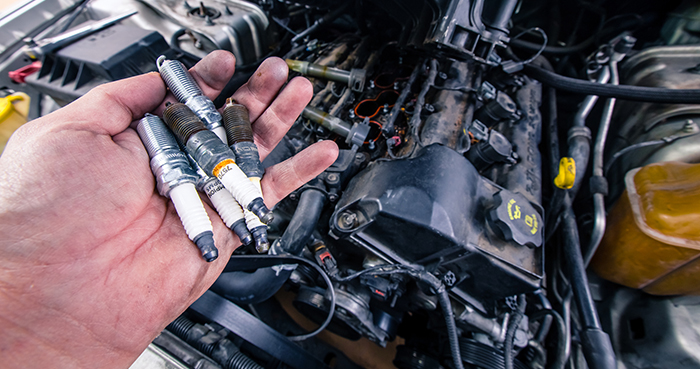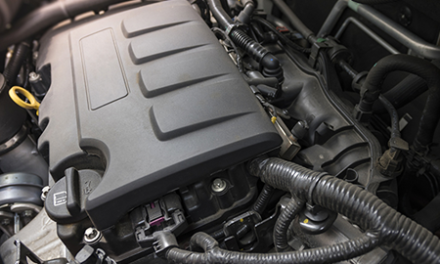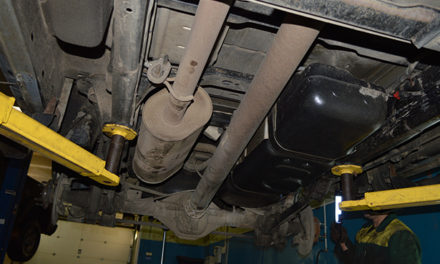Function Of Ignition Control Module (ICM)
An ignition control module is the brain behind the starting of your car. An ICM is a computer chip with ”fast start circuitry” that serves two functions. The first thing it does is receive information sent from the crankshaft position sensor. With that information, the ICM tells the coil pack when to fire.
The reason it is so critical for the coil pack to fire at the correct time is because the pistons must be up at the time the coil fires the spark plugs. If the pistons are down when the ICM tells the coil to fire the plugs, an internal combustion engine cannot power the drive shaft and the drive shaft is what makes your wheels turn.
Once the engine runs for a few minutes, the ICM transfers its duties to the powertrain control module. However, the ICM continues to monitor the crankshaft position sensor and tells the power control module if there is a misfire.
If the ICM malfunctions, your vehicle will not start.
What The ICM Looks Like And Where It Is
An ICM looks very much like the motherboard of a computer, only smaller. It is square or rectangular and has wires coming out of two of the sides. It has also been likened to a centipede.
While almost every vehicle on the road has an ICM, different vehicles have the ICM in different places. It can be found inside the distributor, on the engine housing above the wheel well or in a dozen other places & sometimes is a part of the PCM.
The ICM is sometimes covered with a black plastic shell to prevent damage from heat and debris.
What Causes ICMs To Fail
The ICM is the device that coordinates piston positioning with the firing of the spark plugs, it is connected directly to the distributor. The distributor sometimes has coils that generate a great deal of electricity or on a distributer less engine the coils are located somewhere on the engine & even sometimes on the end of the spark plugs.
Age & heat can cause the ICM to break down over time & will result in it failing.






![[Notice] Make sure will fit your vehicle check"Fitment information", Please use Amazon's Your Garage feature above to see if this part is compatible with your vehicle. [Performance] Enhance your vehicle with our top-quality fuel injector. Made from c...](https://m.media-amazon.com/images/I/41sWOdX4ERL._SL100_.jpg)

![[Vehicle Fitment-1]: Compatible with Chevrolet C1500 1996-1999 5.0L/5.7L, C1500 Suburban 1996-1999 5.7L, C2500 1996-1998 5.0L, C2500 1996-2000 5.7L, C2500 Suburban 1996-1999 5.7L, C3500 1996-2000 5.7L, Express 1500 1996-2002 5.0L/5.7L, Express 2500 1...](https://m.media-amazon.com/images/I/51NCS6sSHfL._SL100_.jpg)


